|
|
|
|
|
|
|
|
|
|
Malaca
|

|

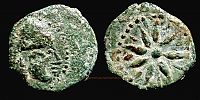
|

|
Málaga is capital of the Province of Málaga, in the Autonomous Community of Andalusia, Spain, with a population of 569,130 in 2015. The southernmost large city in Europe, it lies on the Costa del Sol of the Mediterranean, about 100 kilometres east of the Strait of Gibraltar and about 130 km north of Africa.
Málaga's history spans about 2,800 years, making it one of the oldest cities in the world. It was founded by the Phoenicians as Malaka about 770 BC, and from the 6th century BC was under the hegemony of Ancient Carthage. Then, from 218 BC, it was ruled by the Roman Republic and later the Roman Empire as Malaca (Latin). After the fall of the empire and the end of Visigothic rule, it was under Islamic rule as MÄlaqah (مالقة) for 800 years, but in 1487, the Crown of Castille gained control after the Reconquista.
7 Dateien, letzte Aktualisierung am %07. %396 %2018
Album 34 mal aufgerufen
|
|
|
|
|
|
|
|
Saguntum / Arse
|

|

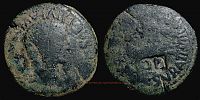
|

|
Sagunto (Valencian: Sagunt, Spanish: Sagunto) is a town in Eastern Spain in the province of Valencia, located ca. 30 km north of Valencia. During the 5th century BC., the Iberians built a walled settlement on the hill overseeing the plain. During this period, the city was known as Arse.
It is best known for the remains of the ancient Iberian and Roman city later called Saguntum, which sided with the local colonists and Rome against Carthage, and drew Hannibal's first assault, his siege of Saguntum, which triggered the Second Punic War. Saguntum was captured in 219 BC by the armies of Hannibal.
Seven years later, the town was retaken by the Romans. In 214 BC., it became a Roman municipium, was rebuilt and flourished.
4 Dateien, letzte Aktualisierung am %10. %564 %2018
Album 32 mal aufgerufen
|
|
|
|
Sekaisa
|

|

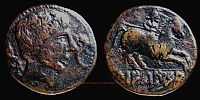
|

|
Sekaisa or Segeda is an ancient settlement, between today's Belmonte de Gracián and Mara in modern-day Spain. Originally it was a Celtiberian town, whose inhabitants, the Belli, gave it the name Sekeida or Sekeiza.
In 153 BC, the Roman Senate changed the first day of the consular year to 1 January in order to allow consul Quintus Fulvius Nobilior to attack the city of Segeda during the Celtiberian Wars. The city was destroyed during the war but, soon after, a new settlement was built on a nearby site. Coinage shows it had the same name as the old settlement, but "Segeda II" (as archeologists have named it) was under Roman influence, obvious from the rectilinear layout of streets and other features. During the events of the Roman Civil War, "Segeda II" was ruined, and after 49 BC it was abandoned permanently.
10 Dateien, letzte Aktualisierung am %13. %713 %2018
Album 32 mal aufgerufen
|
|
|
|
|
|
|
|
|
|
|
|
|
| 53 Alben auf 2 Seite(n) |
2 |
|
 Zufallsbilder - Hispania Antiqua Zufallsbilder - Hispania Antiqua |
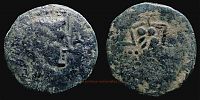
Osset in Hispania, 27 BC. - 14 AD., Augustus, As, RPC 58.10 x angesehen
|
|
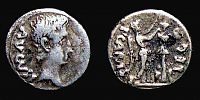
Emerita in Hispania, 25-23 BC., Augustus, issued by legate P. Carisius, Quinarius, RIC 1a. 18 x angesehen
|
|